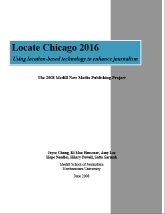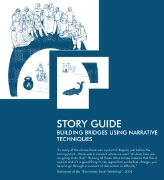 Daryn Kagan’s online community features a daily Web cast of stories that “Show the World What is Possible.” The idea behind these stories is inspiration and triumph of the human spirit. Of course, all the stories are archived on the site and can be browsed under these categories: Animals, Artists, Business, Celebrities, For Charity, Heroism, Kids, Love, Over 60, Overcoming Obstacles, Sports, and World Events.
Daryn Kagan’s online community features a daily Web cast of stories that “Show the World What is Possible.” The idea behind these stories is inspiration and triumph of the human spirit. Of course, all the stories are archived on the site and can be browsed under these categories: Animals, Artists, Business, Celebrities, For Charity, Heroism, Kids, Love, Over 60, Overcoming Obstacles, Sports, and World Events.
A former CNN anchor, Kagan devised a way to upload a quality video daily to her site without spending a dime, as she explains in this video.
Kagan is always looking for people to tell their stories of what’s possible, and she has written a book, What’s Possible: 50 True Stories of People Who Dared To Dream They Could Make a Difference. And who better to tell about the book than Kagan herself in another video.





